Yellow Groove Bamboo, botanically known as Phyllostachys aureosulcata, is a striking member of the Poaceae family. This perennial ornamental grass is native to northeastern China and has become a popular choice for gardens and landscapes due to its impressive growth and unique appearance.
This bamboo can reach an average height of 9 meters, with culms measuring about 4 cm in diameter. In regions where the winter minimum temperature stays above -15°C, it can grow even taller, up to 14 meters, with thicker culms of 7 cm in diameter. Its most notable feature is the contrast of its dark green culms with the distinctive yellow groove that runs along their length, giving it a visually appealing structure.
Whether used as a privacy screen, a windbreak, or an ornamental focal point, Yellow Groove Bamboo is a versatile addition to any garden. Its ability to thrive in diverse conditions while maintaining its striking appearance makes it a favored choice among bamboo enthusiasts and gardeners alike.
| Common name | Yellow Groove, Yellow Groove Bamboo |
| Botanical name | Phyllostachys aureosulcata |
| Family | Poaceae |
| Species | aureosulcata |
| Origin | Northeastern China |
| Life cycle | Perennial |
| Plant type | Ornamental Grasses and Sedges |
| Hardiness zone | 4, 5, 6, 7, 8, 9, 10, 11 |
| Sunlight | Full Sun |
| Maintenance | High |
| Soil condition | Loam |
| Soil ph | Acid |
| Drainage | Well-Drained |
| Growth rate | Fast |
| Spacing | 12 – 24 ft. |
| Flowering period | Spring |
| Height | 12 ft. – 18 ft. |
| Flower color | Cream, Tan |
| Leaf color | Gold, Yellow |
| Fruit color | Green |
| Fruit type | Caryopsis |
| Leaf benefit | Long-lasting |
I. Appearance and Characteristics
Phyllostachys aureosulcata, the yellow groove bamboo, is a species of bamboo native to the Zhejiang Province of China. It is a running bamboo with a distinctive yellow stripe in the culm groove (or sulcus) that is often grown as an ornamental.
The culm coloration inspires this bamboo’s common name of “yellow groove bamboo” and botanical name of aureosulcata. The all-green cultivar ‘Alata’ is also known as “crookstem bamboo” due to its characteristic culm bends common to this species.
This bamboo grows to an expected height of 9 meters (35 feet) with a culm diameter of 4 cm (2.25 inches). In areas where the average winter minimum temperature is above -15°C (5°F), it may grow to a maximum height of 14 meters (46 feet) with a diameter of 6.5 cm (2.6 inches). The typical form of this species has dark green culms with a yellow groove. Culm sheath colors appear purple-green usually striped with yellow. Lower portions of the upright culms occasionally bend in a zigzag pattern.
This bamboo grows in areas ranging from subtropical to warm temperate and tolerates low winter temperatures better than most bamboos, being one of the hardiest bamboos in the genus Phyllostachys. Outside its natural range and areas where the coldest month has mean temperatures of below -4 °C (25 °F), the leaves of P. aureosulcata may not be evergreen and may turn beige and fall off.
In areas with severely cold winters (USDA hardiness zone 5 or colder) in the northern parts of the US, northern Asia, and northern Europe, all growth above ground will die back every winter if temperatures remain below -18 °C (0 °F) for extended periods but will regrow in the spring to 1.8 to 2.4 meters (6 to 8 feet) tall.
Phyllostachys aureosulcata is a popular bamboo in the warmer areas of the United States, Europe, Asia, and parts of Australia. In China it is cultivated and found in Beijing and the provinces Henan, Jiangsu and Zhejiang.
New York state and Connecticut have regulations listing Phyllostachys aureosulcata as a prohibited invasive species.
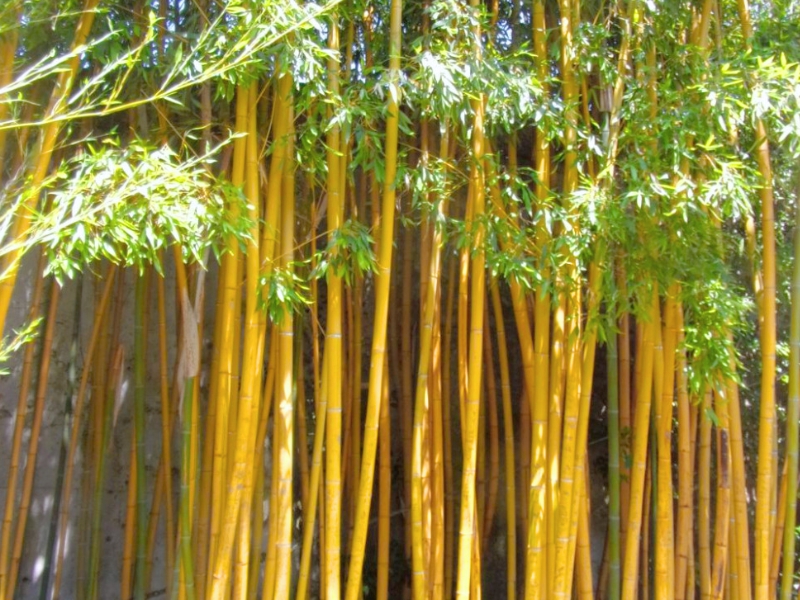
II. How to Grow and Care
Yellow groove bamboo is a hardy perennial known for its robust growth habit and resilience. Key care points include providing ample space for its invasive nature and ensuring adequate water, especially in dry periods. Special attention should be given to its aggressive root system; barriers may be needed to contain its spread. Pruning is necessary to manage size and shape, but avoid extensive maintenance as yellow groove bamboo thrives with minimal intervention.
Watering
Originating from temperate regions, yellow groove bamboo is accustomed to a consistent moisture level in its environment, displaying moderate drought tolerance. Its water habits are best maintained with watering every week to mimic the natural precipitation of its habitat. This species thrives when provided with steady hydration but can withstand brief periods without water. Typically grown outdoors due to its size and growth pattern, yellow groove bamboo benefits significantly from rainwater, which complements its watering schedule and promotes robust growth during its active growing season.
Fertilizing
For optimal growth, yellow groove bamboo benefits from fertilizing with mulch or compost, applied annually in spring. This application improves soil health, delivering essential nutrients, and enhances yellow groove bamboo’s vigor, potentially influencing shoot production. Distribute a 2-3 inch layer around the base, avoiding direct contact with the culms to prevent rot. As yellow groove bamboo matures, adjust the quantity, catering to its growth rate. Use well-rotted organic material, ensuring balanced feeding without the risk of chemical burn. Monitor growth and adjust as needed.
Propagation
This striking bamboo species is best propagated through division, focusing on separating healthy rhizomes. To ensure successful growth, use sharp, sterilized tools to divide the rhizomes, preserving several growth nodes in each section for new shoot development. Transplant sections into well-prepared soil rich in organic matter, maintaining adequate moisture levels without waterlogging. Patience is vital, as yellow groove bamboo requires time to establish a robust root system before it can thrive and expand into new clumps.
Transplanting
Yellow groove bamboo’s transplantation is most successful during the early spring (S1) to late spring (S3), a period when the plant is emerging from dormancy. Choose a location with well-drained soil and sun or partial shade for optimal growth. Remember, a gentle handling of the root ball during transplanting is key to prevent damaging the delicate roots.
Repotting
Repot yellow groove bamboo in early spring, every 2-3 years to accommodate its vigorous growth. Choose a large container to match its stature as a tall, clumping bamboo. Ensure the pot provides ample space for roots, facilitating upward and outward expansion. After repotting, maintain consistent moisture and protect from strong winds to support recovery. Yellow groove bamboo offers a unique, fast-growing statement in your garden!
III. Uses and Benefits
Cultivated mainly as an ornamental, this species is also among the best for edible shoot production, being free of acrid flavor even when raw. An aggressive spreader, its dense upright growth makes a good hedge or privacy screen.
Find Where to Buy the Best Yellow Groove Bamboo (Phyllostachys aureosulcata)
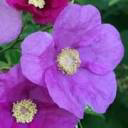

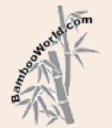
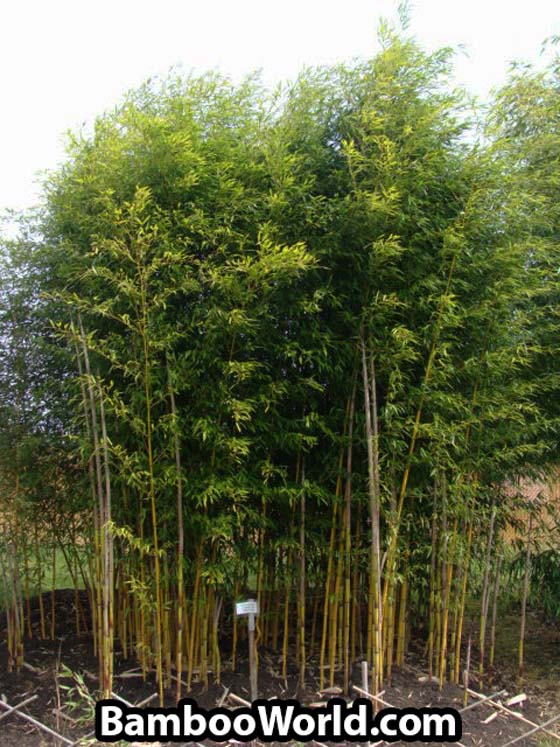
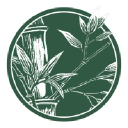


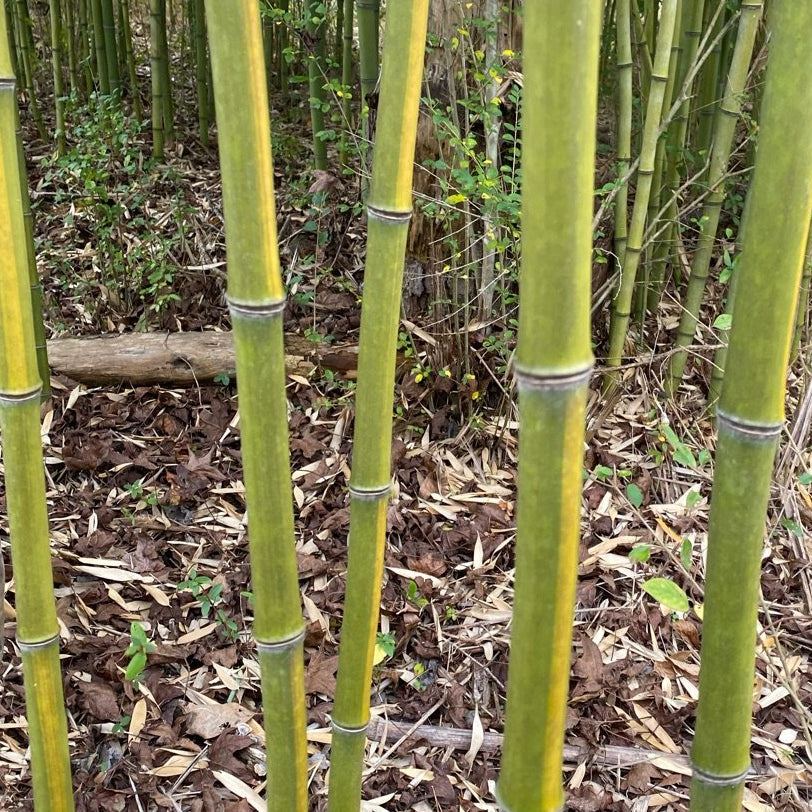

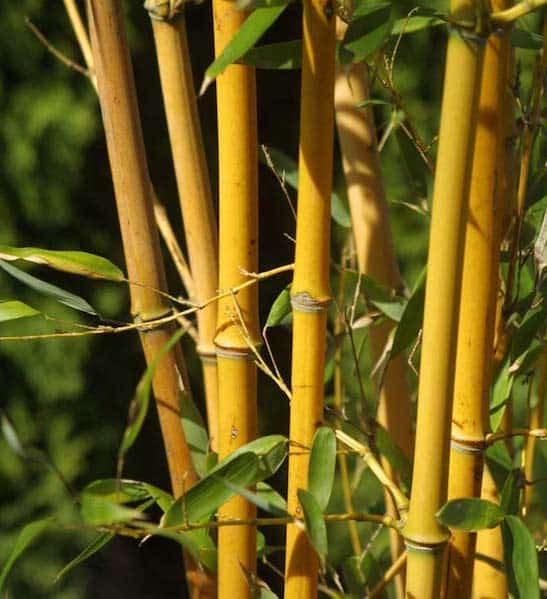
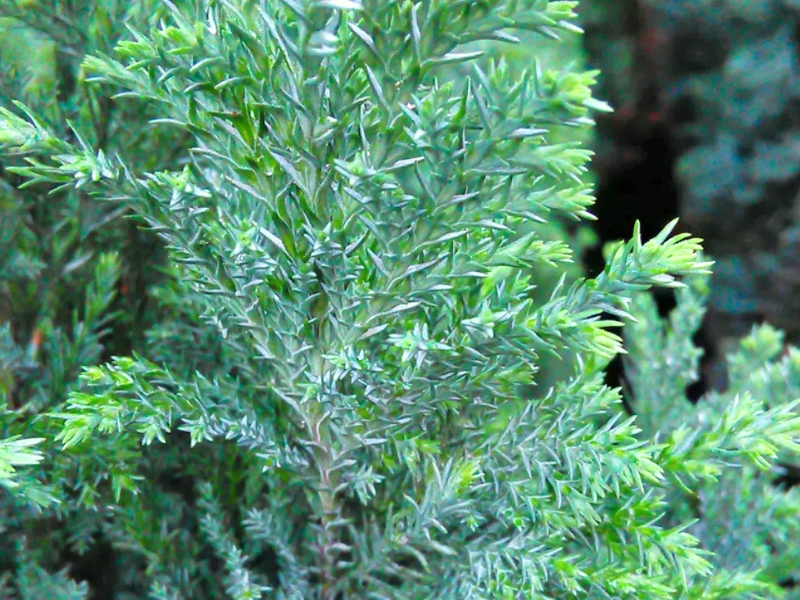
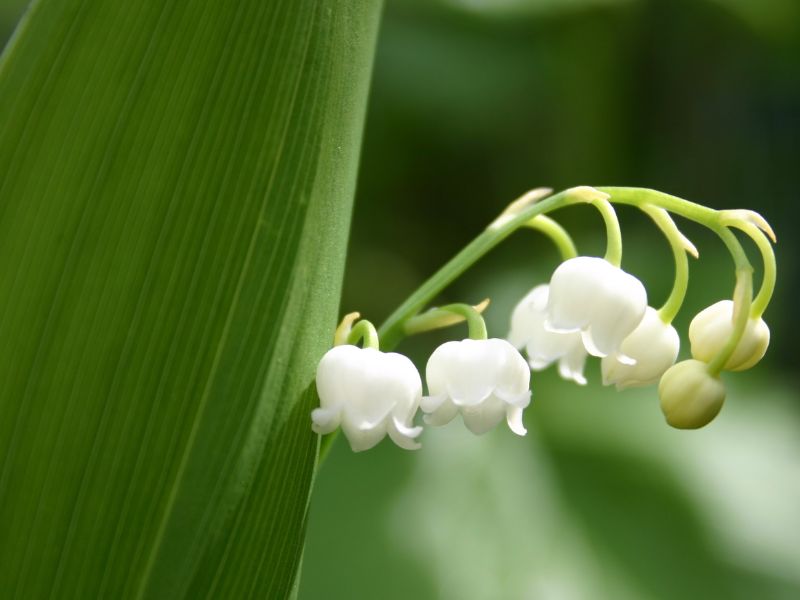
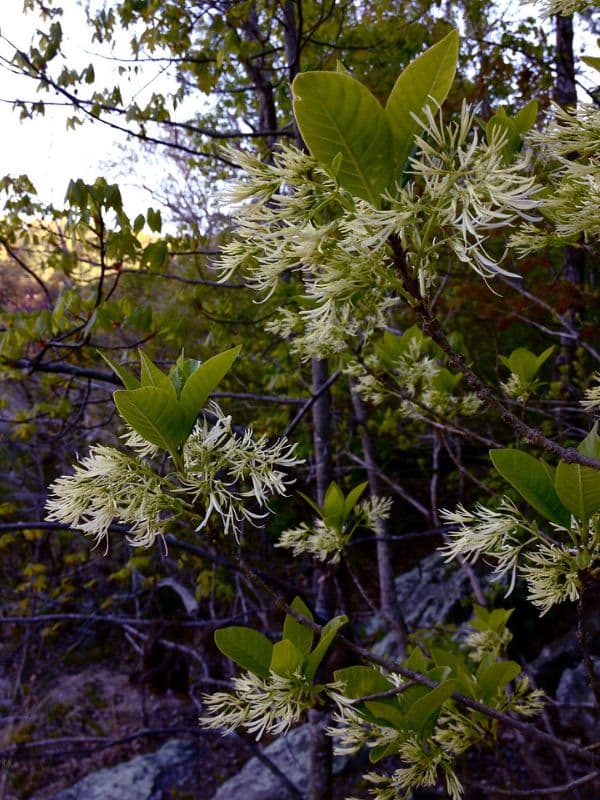
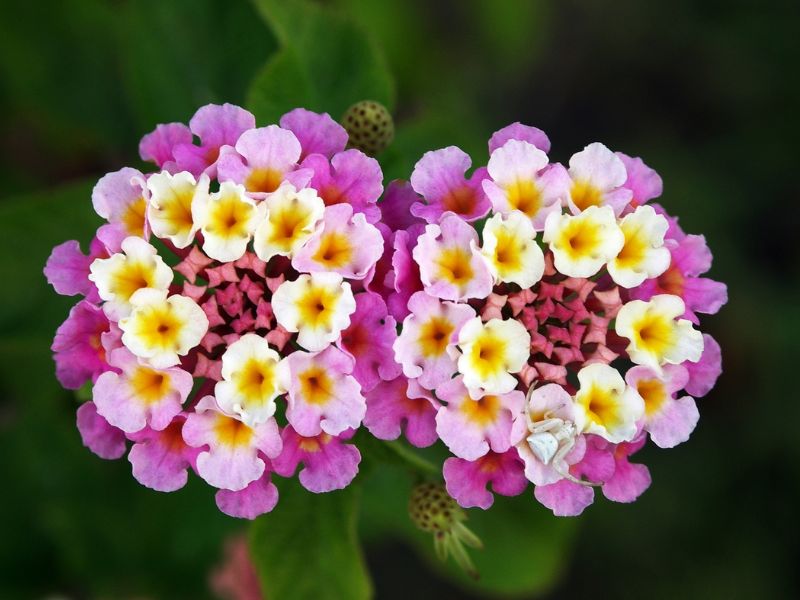
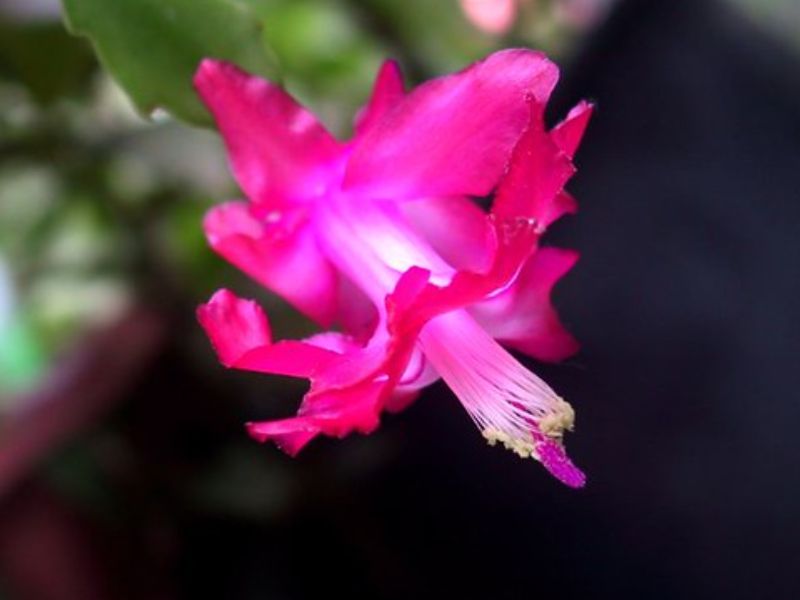
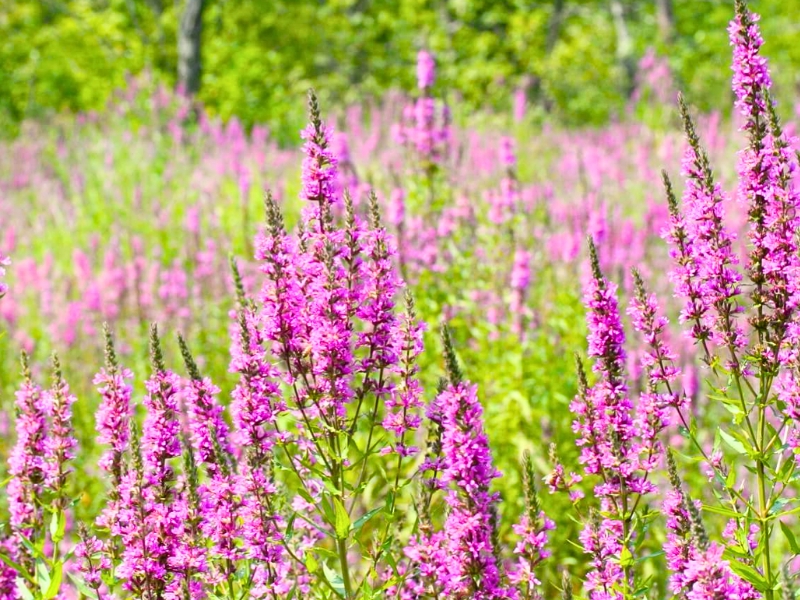
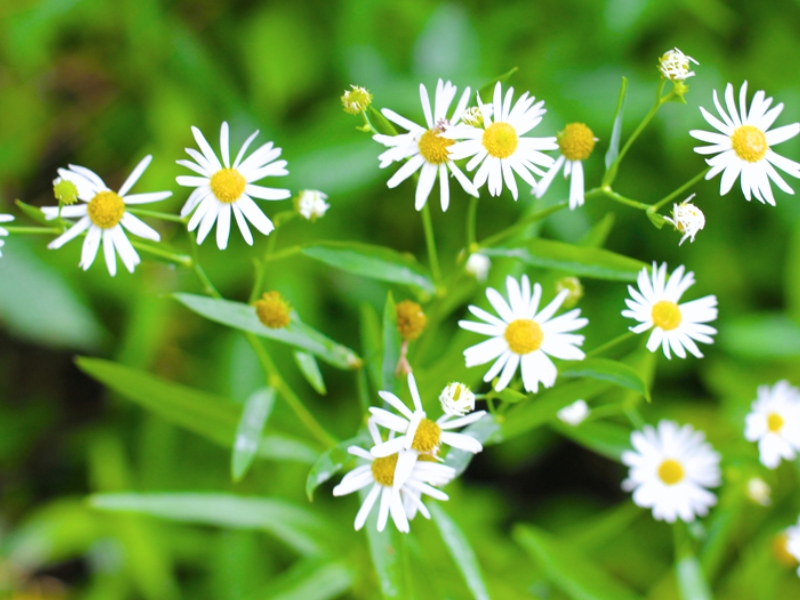
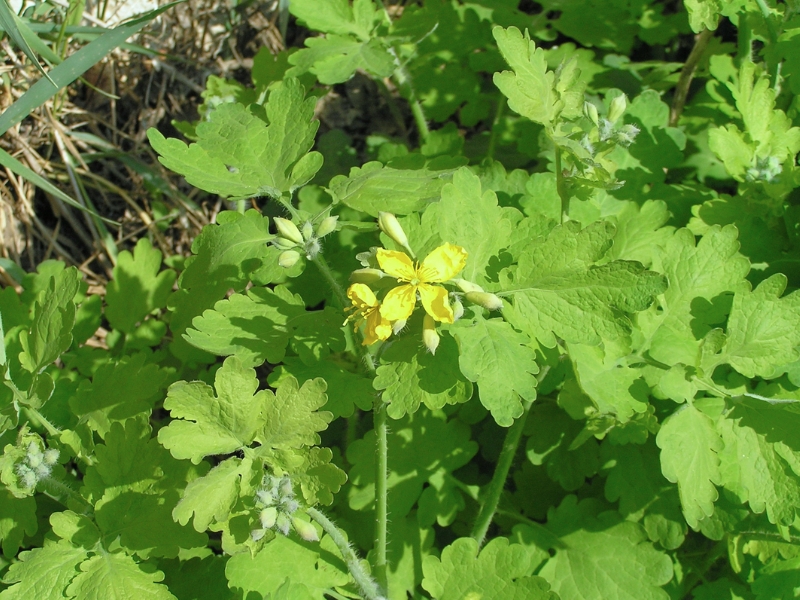
Leave a Reply